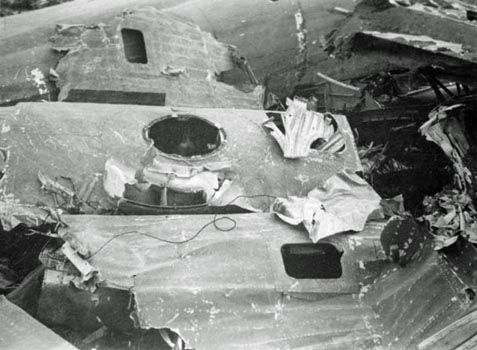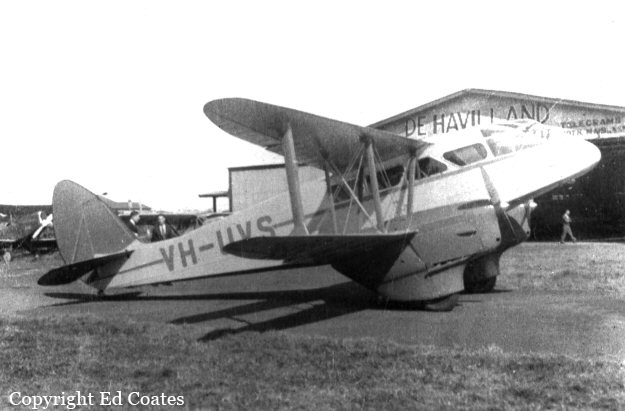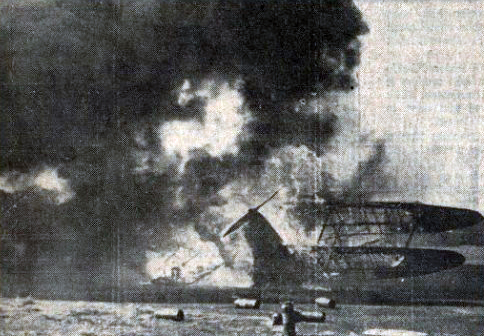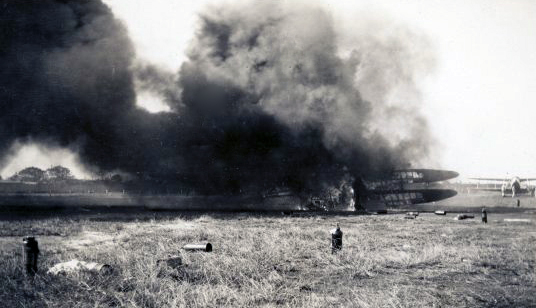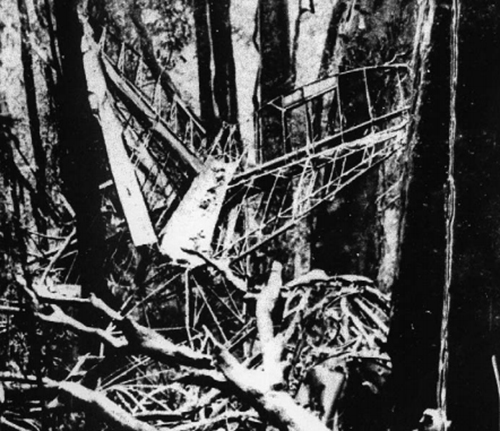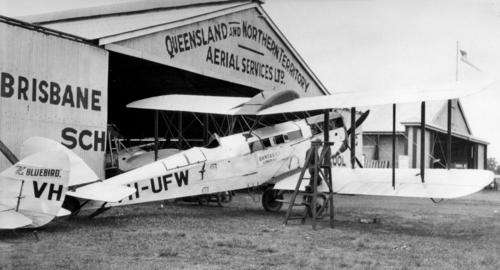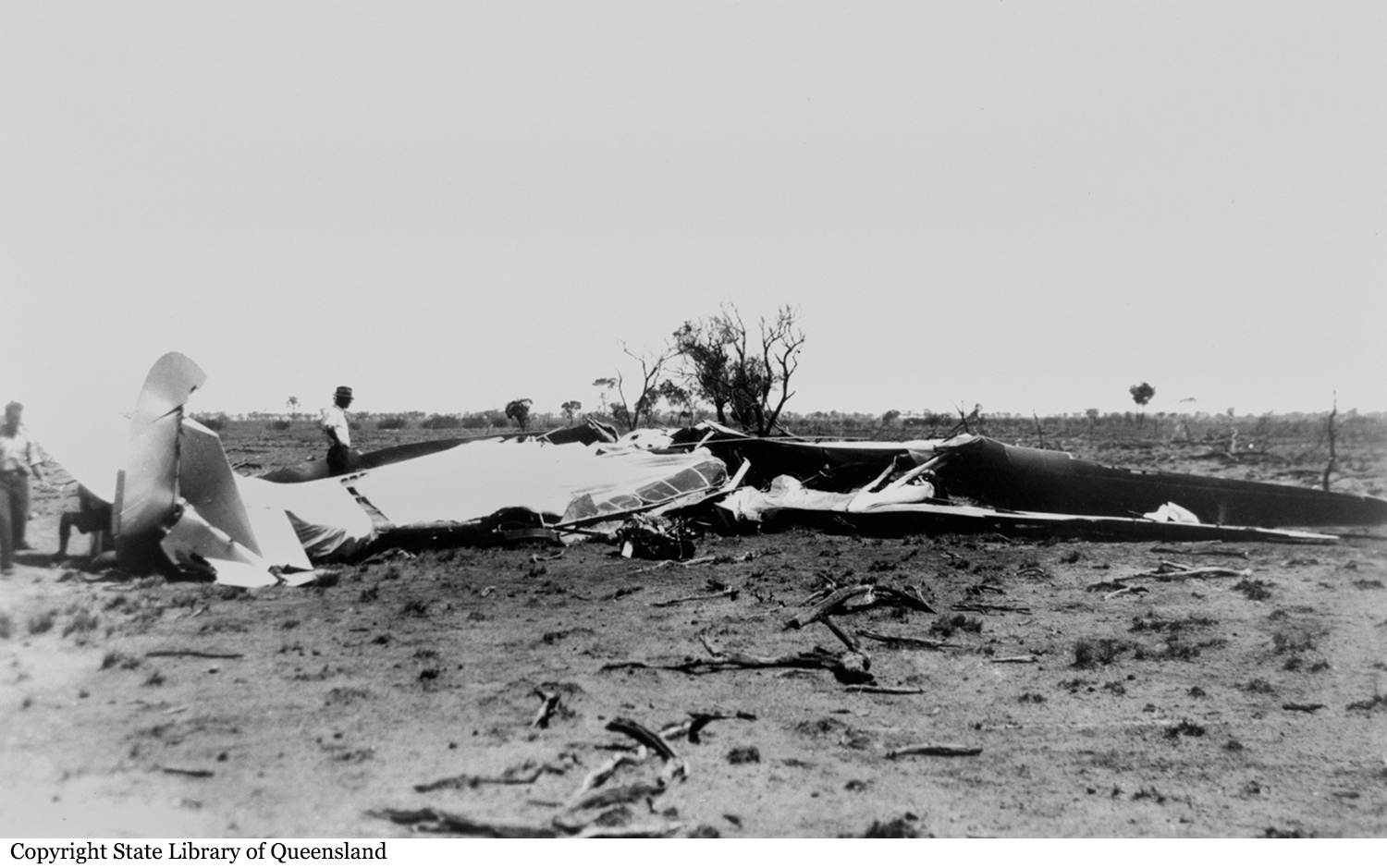Crash of a Consolidated C-87-CF Liberator Express in Whenuapai: 16 killed
Date & Time:
Aug 2, 1943 at 0230 LT
Registration:
41-24027
Survivors:
Yes
Schedule:
Whenuapai – Brisbane
MSN:
822
YOM:
1943
Crew on board:
5
Crew fatalities:
Pax on board:
25
Pax fatalities:
Other fatalities:
Total fatalities:
16
Captain / Total hours on type:
783.00
Circumstances:
United Airlines was performing this special flight from New Zealand to Brisbane on behalf of the US Consulate in order to rapatriate in Australia some Japanese and Thai refugees who should be swapped with US soldiers. Shortly after take off from runway 04 by night, the aircraft climbed in light rain and soft fog and went above the stratus layer when it banked left. It lost altitude, hit the ground at a speed of 200 knots, bounced twice and eventually crashed in a mangrove. On site, SAR could evacuate 16 injured persons while 14 other occupants were killed. A day later, two of the survivors died from their injuries. USAF confirmed that three of the crew and thirteen passengers were killed. All passengers were essentially women and children returnees.
Probable cause:
According to the USAF, pilots did not prepare the flight properly, did not follow the pre-departure check-list and made several mistakes during the climb procedure, causing the aircraft to adopt a wrong climb configuration. At the time of the accident, the crew members were tired as they accumulated 126 flying hours within the last 26 days, which was considered as a contributory factor.
